In 2020, Japan Wonder Travel was given a project by the Ministry of Economy, Trade and Industry (METI) to promote 14 selected prefectures that have been affected by typhoons. We offered 20 internationals living in Japan, the opportunity to travel to several destinations and share their experiences while travelling and also after.
Zach – Tochigi prefecture
My Name is Zach and I’m currently working on my undergraduate degree at a university in Tokyo. I have a huge fascination with Japanese history. Though not what I am officially studying, I am an avid reader of anything that chronicles Japan; from the ancient Jōmon times to the bustling Taishō period or the unsung but important Genpei War to the well-known Sengoku period. One of my dreams is to visit all 47 prefectures in Japan. Not familiar with what Tochigi has to offer, aside from Nikko, I gladly embarked to see all of its glamour.
Day 1
Being 100 kilometers from Tokyo, Tochigi may not ring a bell to most travelers, aside from probably Nikko, despite being an accessible place to enjoy its cultural heritage, food, and atmosphere. From the once booming mining town of Oya to the former Samurai refugee site of Yunishigawa Onsen to the grand yet tranquil city of Nikko, Tochigi is dynamic with ever changing scenery by the blink of an eye. Though only spending two days in this prefecture, every moment I spent was not idle and I spent most of my time occupied with activities.
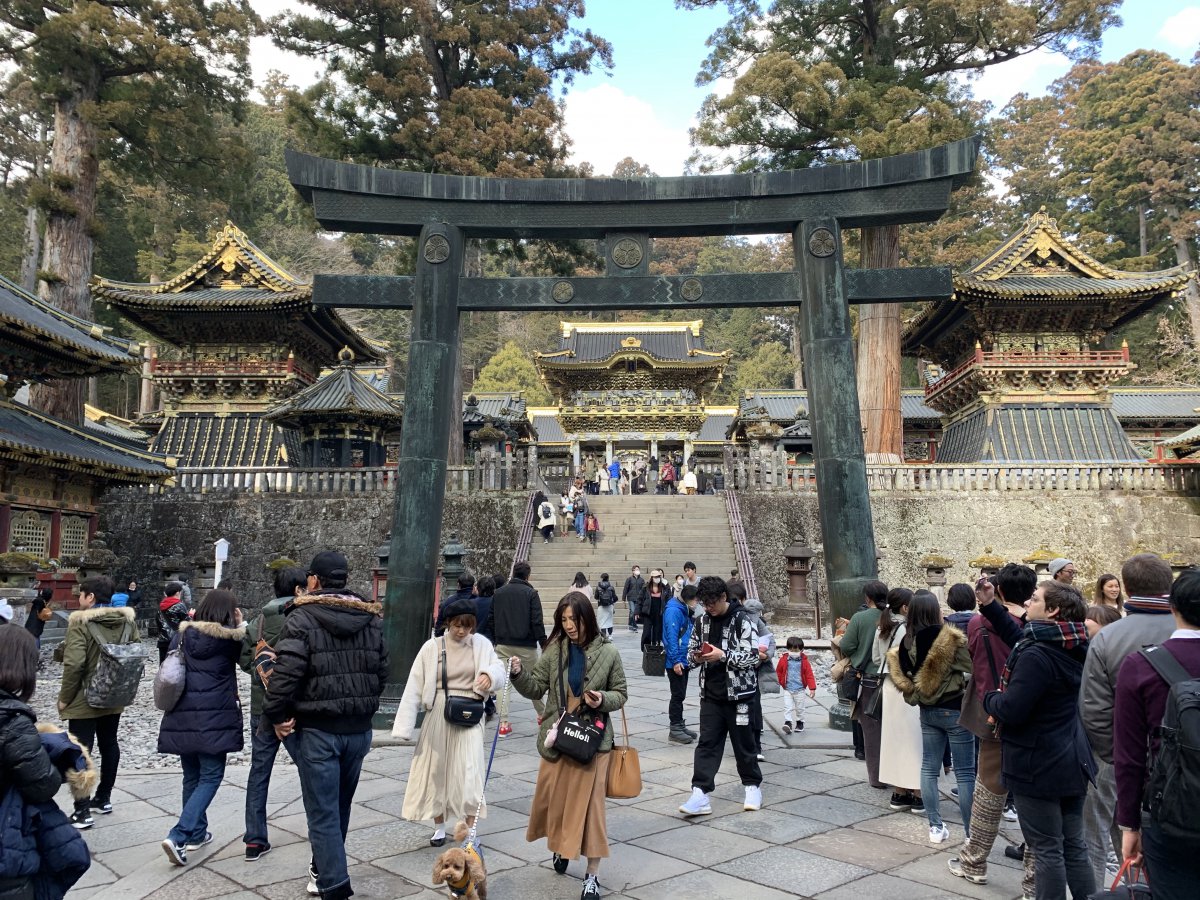
Getting to Utsunomiya, the gateway to Tochigi Prefecture
I made my way to Tokyo station early in the morning to board a Shinkansen or bullet train bound for Utsunomiya city that departed around 9AM. A standard commute to Utsunomiya would take about two hours but a Shinkansen, which goes at an average of 320km/h, took me just under an hour. I was a bit nervous as I haven’t ridden on a shinkansen for quite a while, but the train staff efficiently guided me throughout the whole process. By 9:50AM the train finally arrived at Utsunomiya. Though a simple town that may seem like any other sight in Tokyo, this would serve as my Hub going around Tochigi. Before venturing deeper into the prefecture, I made sure to try Utsunomiya gyoza (dumplings) which is claimed to be the best in Japan.
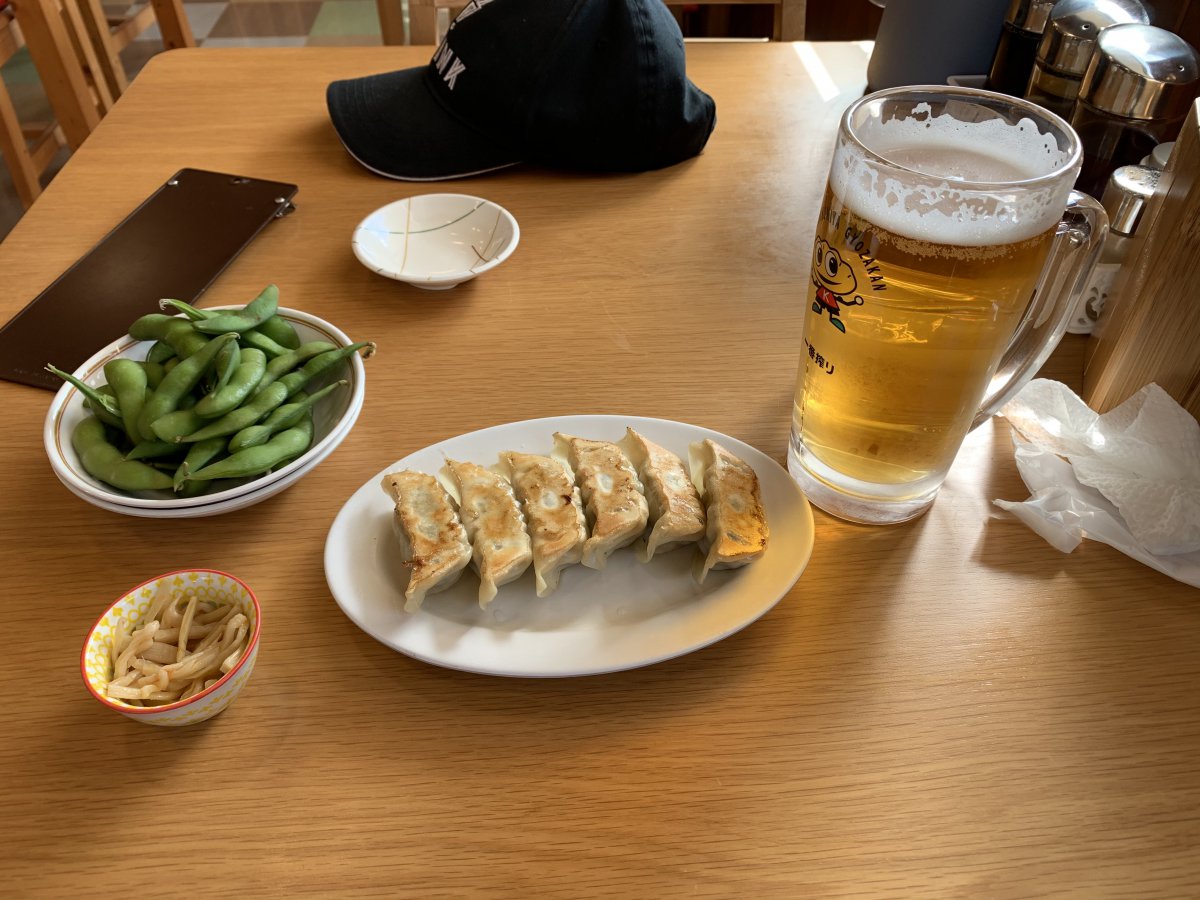
Plunging into the Mines
Upon arriving at Utsunomiya Station, I took a bus headed to the Oya History Museum. Though being an avid fan of visiting any kind of history museum, there was one special reason why I absolutely wanted to go there. What made Oya History Museum different from any other museum is not in terms of rare artifacts or paintings, but in the rare opportunity to go below underground and explore a vast subterranean cave network. The rocks situated in Oya made it especially unique with its volcanic properties that made it sturdier and more heat-resistant than other typical stones used for construction. These stones were eventually used in the construction of the Imperial Hotel in Tokyo in the early 20th century. The pathway is complex, and you can make turns into different sections to see various art displays and read up on the history. The mine has been used for various functions throughout history ranging from sets for various films, a manufacturing facility for warplanes, and even a wedding hall. Afterward exploring the cave, a café was conveniently located outside the museum entrance and I rested there after all the walking (especially the walk down and up the mine!) while waiting for my bus. What struck me in awe as I rested was how the café was furnished with stones from the mines for objects such as vases to the flooring itself.
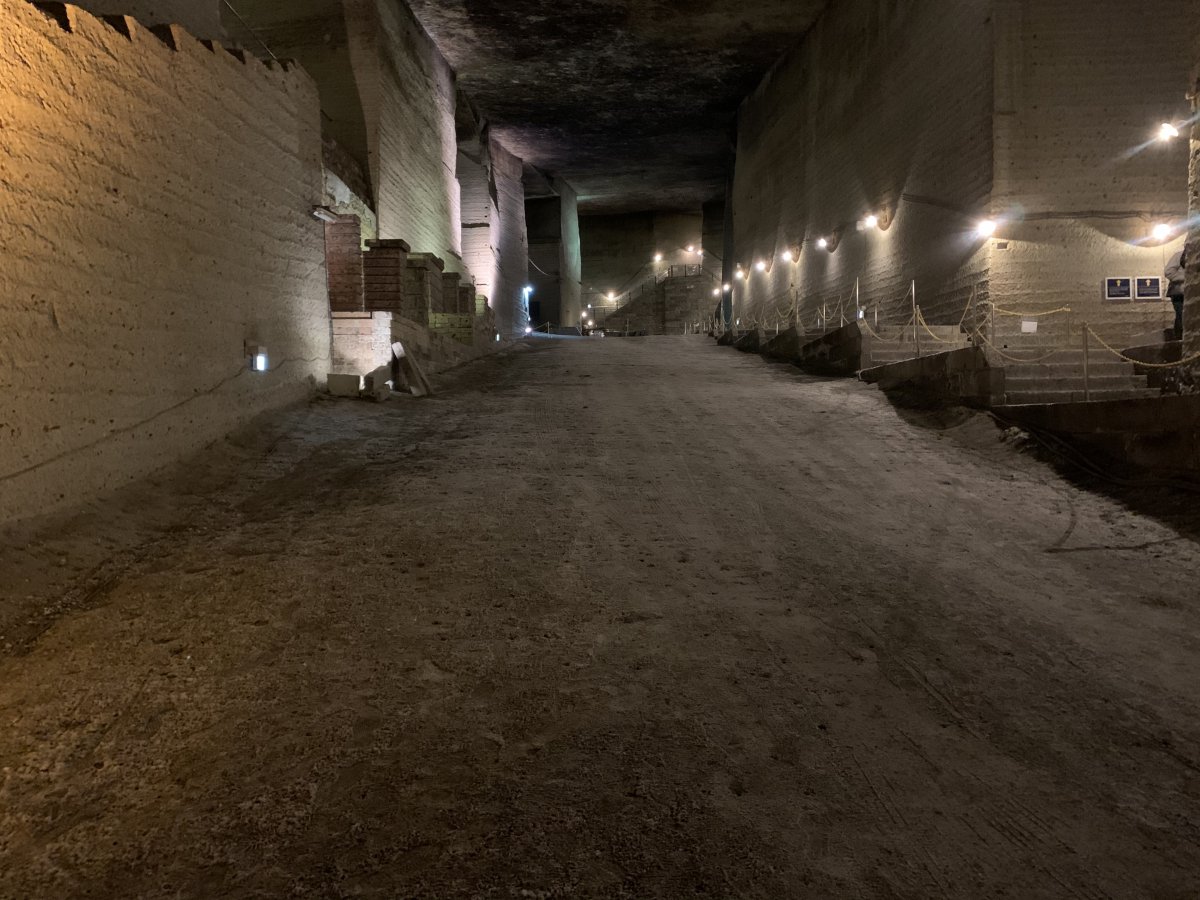
A Sanctuary for Samurai and the Modern Traveler
I made my way from Utsunomiya station to Yunishigawa Onsen, an onsen (hot spring) town wedged between mountains and covered in a blanket of snow. Originally founded by fleeing members of the Taira clan during the Gempei war (1180-1185), the town became a haven for samurai refugees. Despite being more than 800 years later, the tiny onsen town is still tough to get to unless meticulously prepared. As I commuted, civilization seemed to vanish as the wilderness manifested in itself. I was stunned to see myself up-close to the edge of mountains with a drop into magnificent turquoise-colored lakes – indeed a concealed place decided by the samurai to take refuge in. Taking two different buses and an express train, I was able to reach the town in over an hour from Utsunomiya Station.
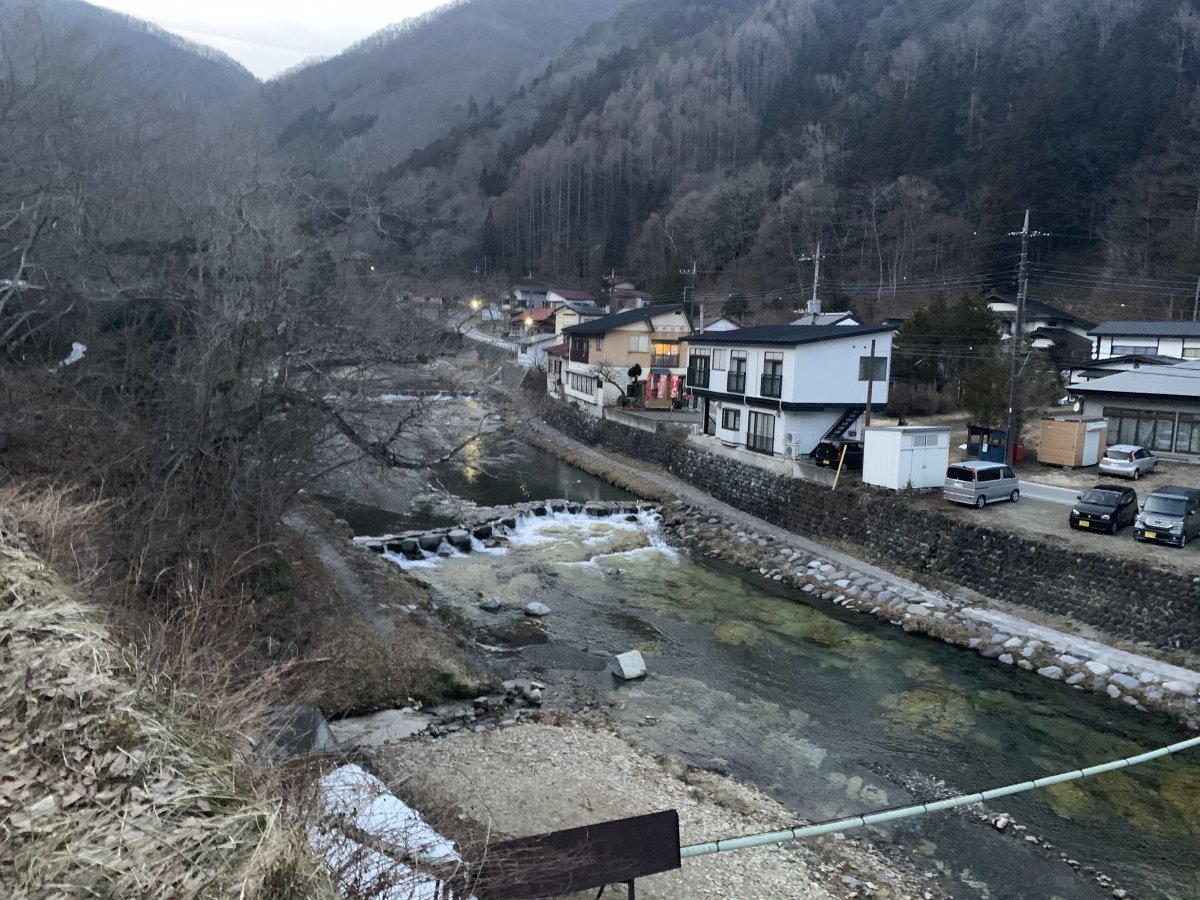
Once I arrived at my ryokan (Traditional Japanese Inn), I was offered a ride from my hosts as I coincidentally arrived just in time for the Kamakura Matsuri. This festival is celebrated by preparing rows of tiny igloos, numbering in the thousands, and placing candles inside. Snowmen and creative snow sculptures are crafted around, and even human-sized igloos are made which barbecues are then held inside. Paired with the stars dotting the sky with the innumerous candles and small igloos, the sight was incredibly spectacular. I enjoyed my time around the town and wrapped the night dipping for an extended time in the onsen as the snow gently precipitated and slept as I heard the pleasant sounds of a nearby river flowing.
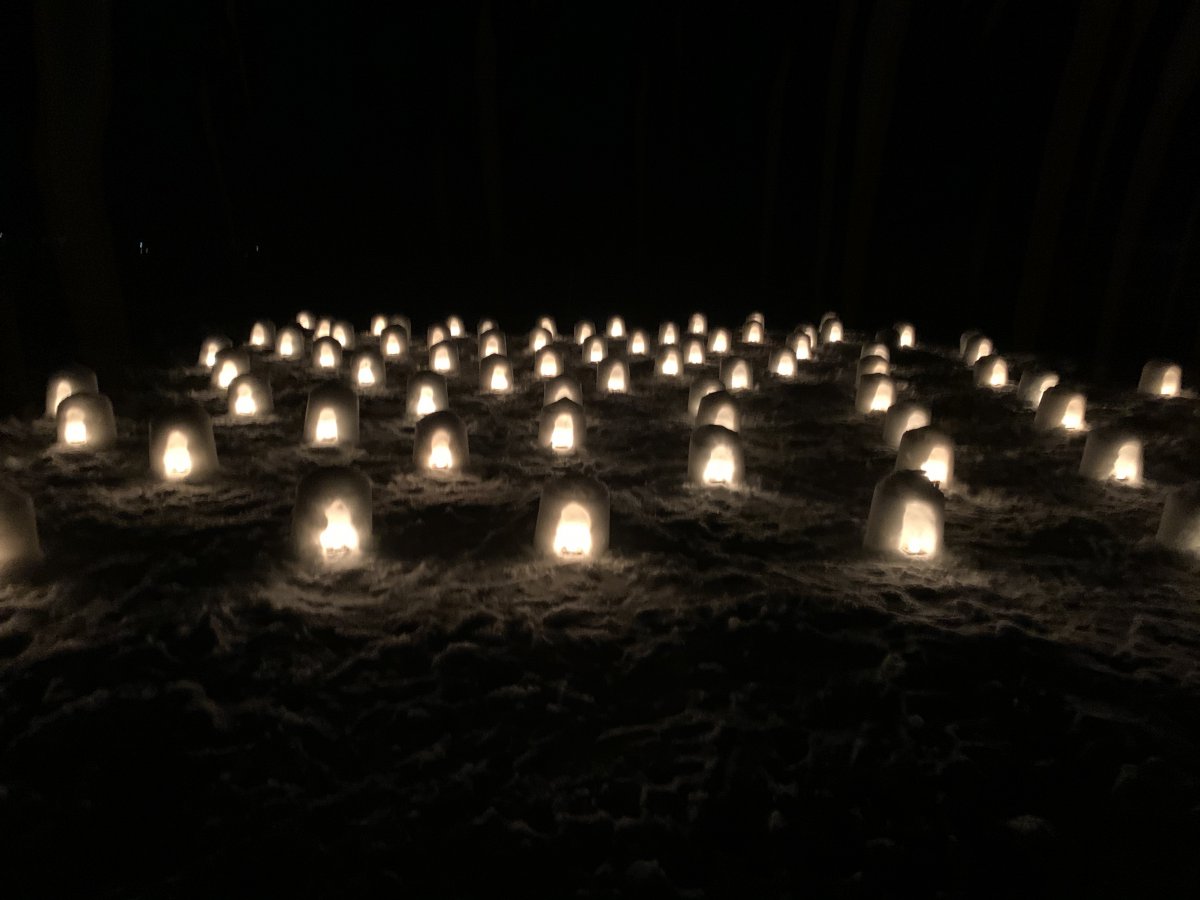
Day 2
Hidden Gem to Magnificent Holy City — Onwards to Nikko
The next day, I set off at 9AM to head to Nikko; probably the most popular destination at Tochigi. As I rode on the buses and trains, I couldn’t help but notice the number of passengers commuting; not because of the foreigners but how packed it was with locals. I can imagine Nikko is famous for domestic travel even in the offseason. Nikko began its growth around the time Rinno-ji Temple was built in 768. Initially a simple hut, the area grew, and soon more temples and shrines dotted the mountain slope. With the interaction between the temples and shrines, a fusion of Shintoism and Buddhism emerged.
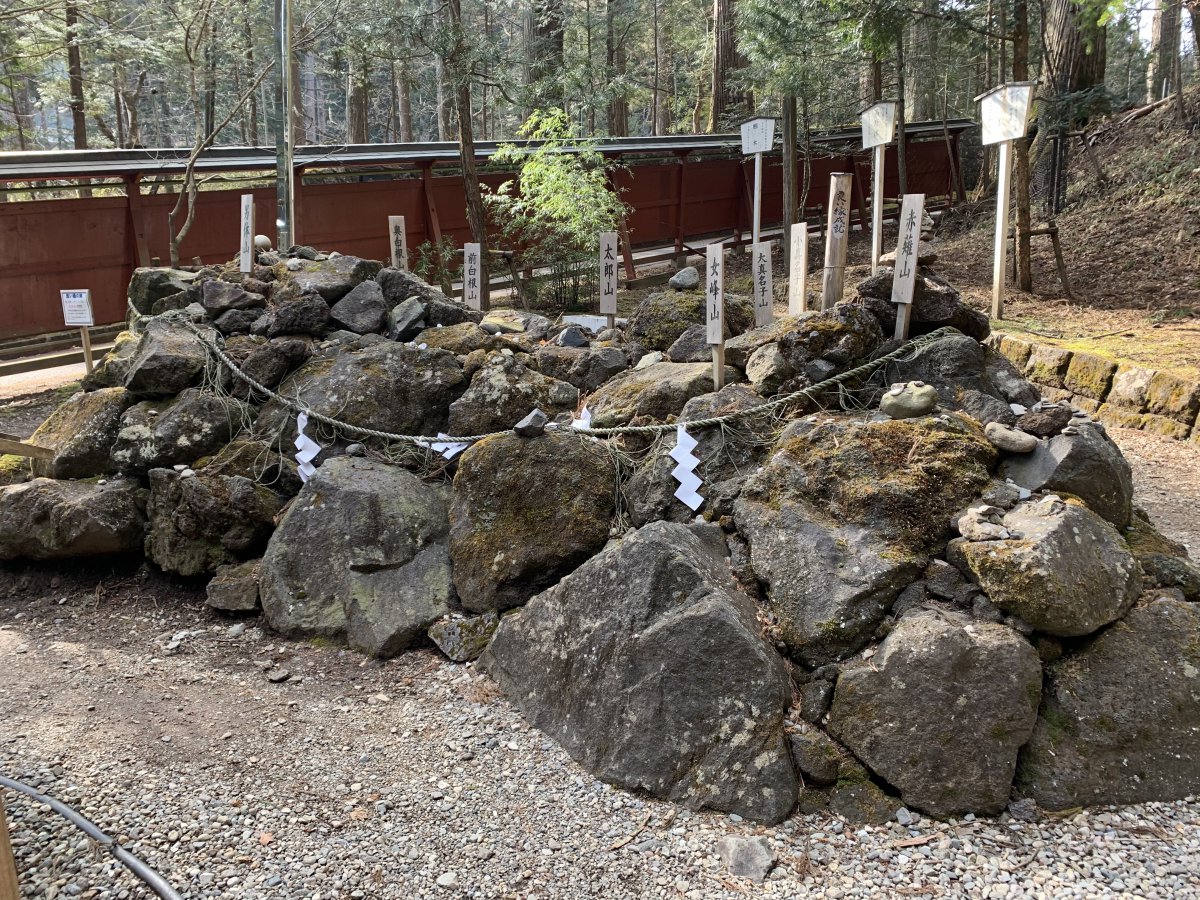
Two Shrines and a Temple
Arriving around 11AM, I decided to keep my list of shrines and temples to visit short, from the hundreds to just the three most popular: Rinno-ji, Nikko Tosho-gu, and Nikko Futarasan. As all three are designated UNESCO World Heritage sites, they were easy to locate from the signs and local maps — The Nikko bus service further made the entire town accessible.
Rinno-ji, the first of first, houses three giant statues of Buddhist pantheons and are manifestations of the great mountains of Nikko, namely Mt. Nantai, Mt. Nyogo, and Mt. Taro. Given its long presence in the area, the temple also displays various artifacts related to Buddhism from holy scrolls to small paintings and statues.
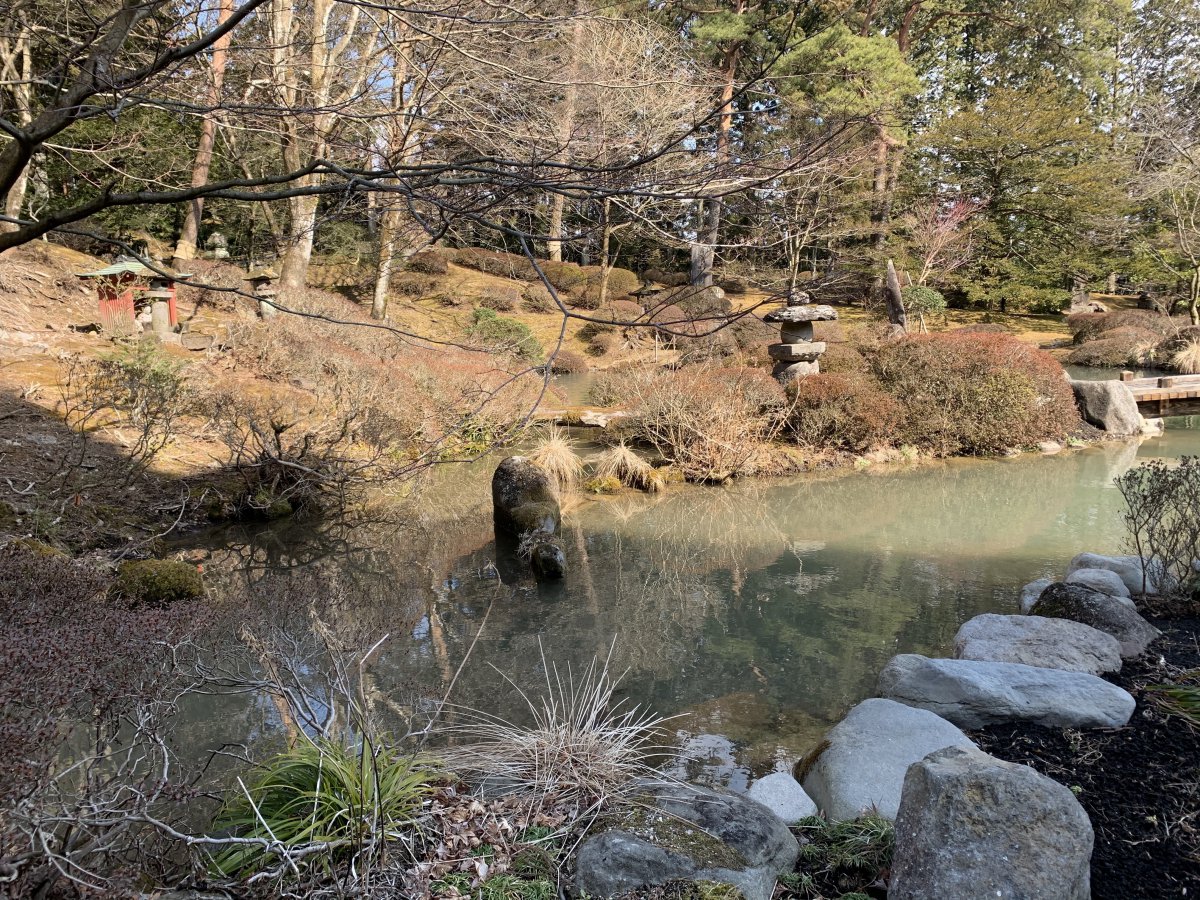
After exiting Rinno-ji, I walked up the stone steps where a sign informed me of my elevation being 634 meters; exactly matching the highest point of Tokyo Sky Tree. At the end of these steps led me to Nikko Toshogu, a very important place for those fond of the Tokugawa Shogunate. This shrine is dedicated to Tokugawa Ieyasu, the first Shogun, an extremely powerful military generalissimo, of the Tokugawa Shogunate. Inside the shrine is a Shinkyu (Holy Stable) that housed the horse Ieyasu used during the Battle of Sekigahara where his victory ultimately united Japan under his banner and ended the civil war. As I climbed up the stairs, unknown to me what lays at the end, I noticed small yet beautiful sights such as the Yomeimon Gate which is intricate and has something new to discover every time you examine it from start to finish and a certain structure that has carvings of cats embedded to the architecture. After following the pathway until its end through a long case of stone stairs, a sign informed me I have walked the 207 steps to the tomb of Tokugawa Ieyasu himself. 600 years later, his tomb beneath a metallic pagoda has been left as is and his body has never been exhumed.
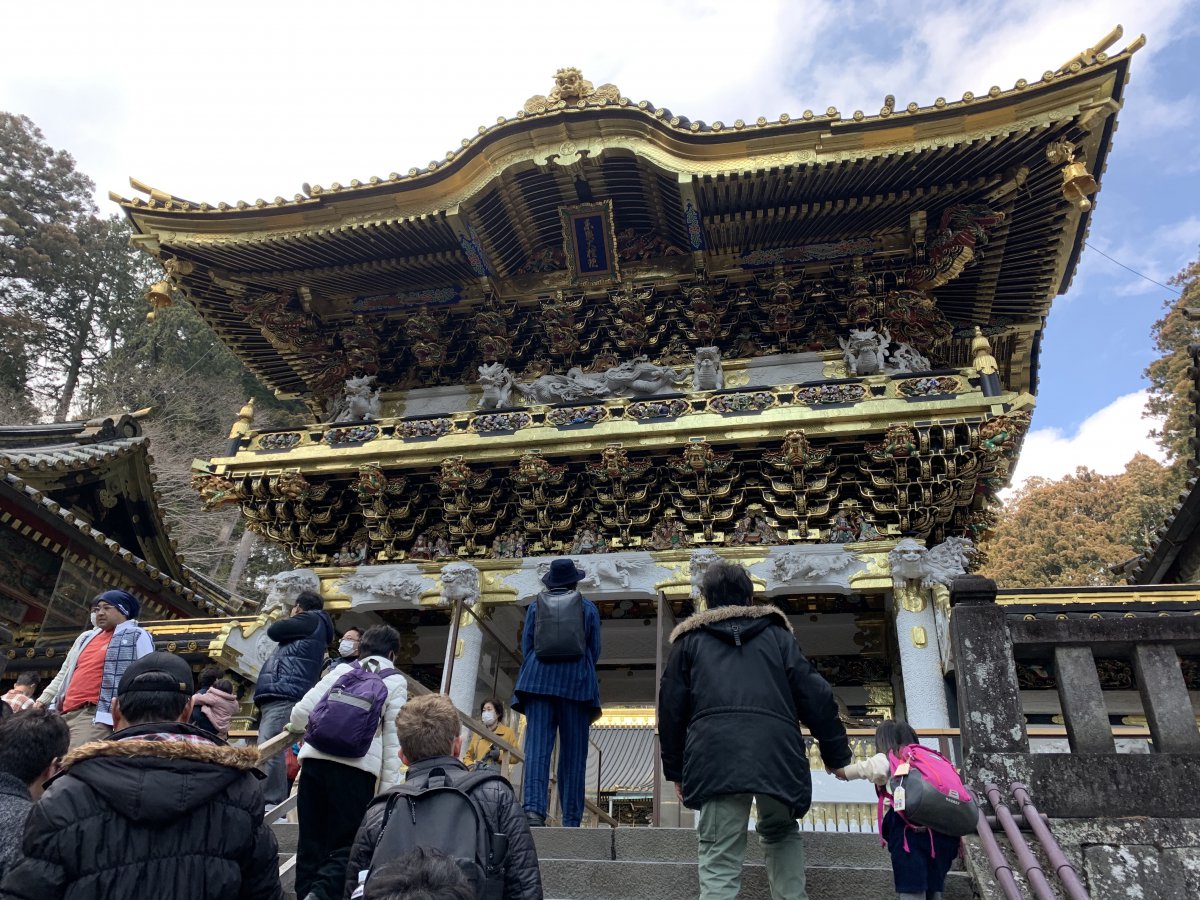
Last but not least, I made my way to the furthest of the three: Nikko Futarasan. The entire shrine holds dozens of points of interest scattered around. Despite the main shrine under construction as of my time visiting, the smaller shrine dedicated to Okuninushi-no-Mikoto (god of luck) greeted me as I entered. Throughout walking along the shrine, the chubby and happy depiction of this god saluted me wherever I went. There was also the infamous “Ghost Lamp” near the main shrine where samurai guards in the past would often mistake it as an apparition and strike at it. More than 70 katana sword marks are visible across the tough lamp. In the far end, I came across two closely paired giant cedar trees with a Shinto rope called “yorishiro” binding them together. A little sign with the words “Koibito Seichi” meaning Lover’s Sanctuary is found next to the trees and I finally notice that mostly couples were queueing in line to pray to it. I proceeded to walk the tranquil pathway and came across aesthetic ponds and breathtaking views below the mountain slope.
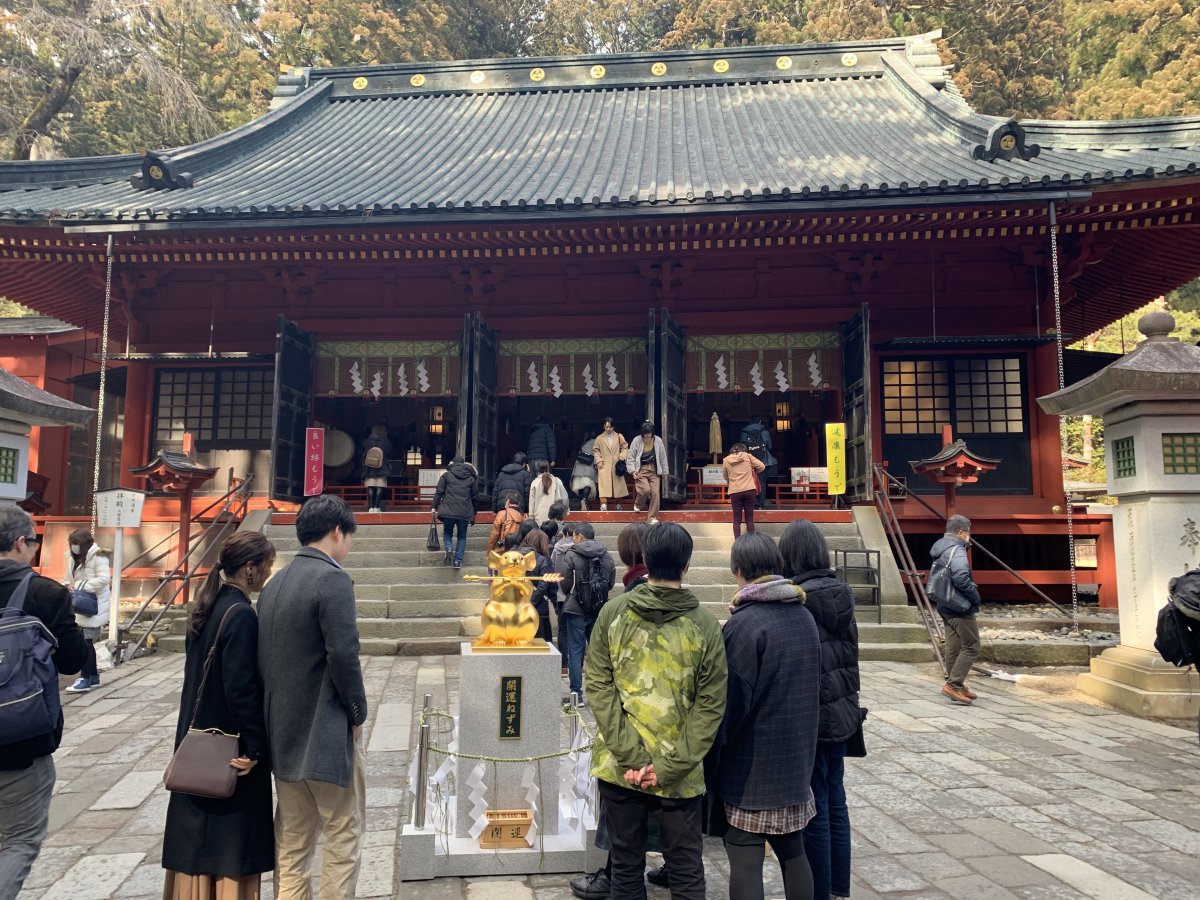
A Red Hina Doll Stand in Exchange for the Red Carpet
After exploring Futarasan, I made my way back to downtown Nikko to eat and see local crafts. I inquired with the tourism center and was referred to check out the local Hina Doll festival in Nikko called Hatsuishijuku. Walking along the main road, you could see all shops and cafes proudly displaying their Hina Doll stands, as if in a sort of competition, and the tourism center had an entire floor dedicated to the festival. One can even take a picture in Hina Doll costumes; from a noblemen court attire to the costume of the empress. I finally made my way to a local establishment and enjoyed the atmosphere of the locals and tourists chatting before heading to Nikko Station bound for Utsunomiya where my final destination would be back in Tokyo via the Shinkansen. I departed Nikko around 5PM and arrived at my apartment a little over 7PM.
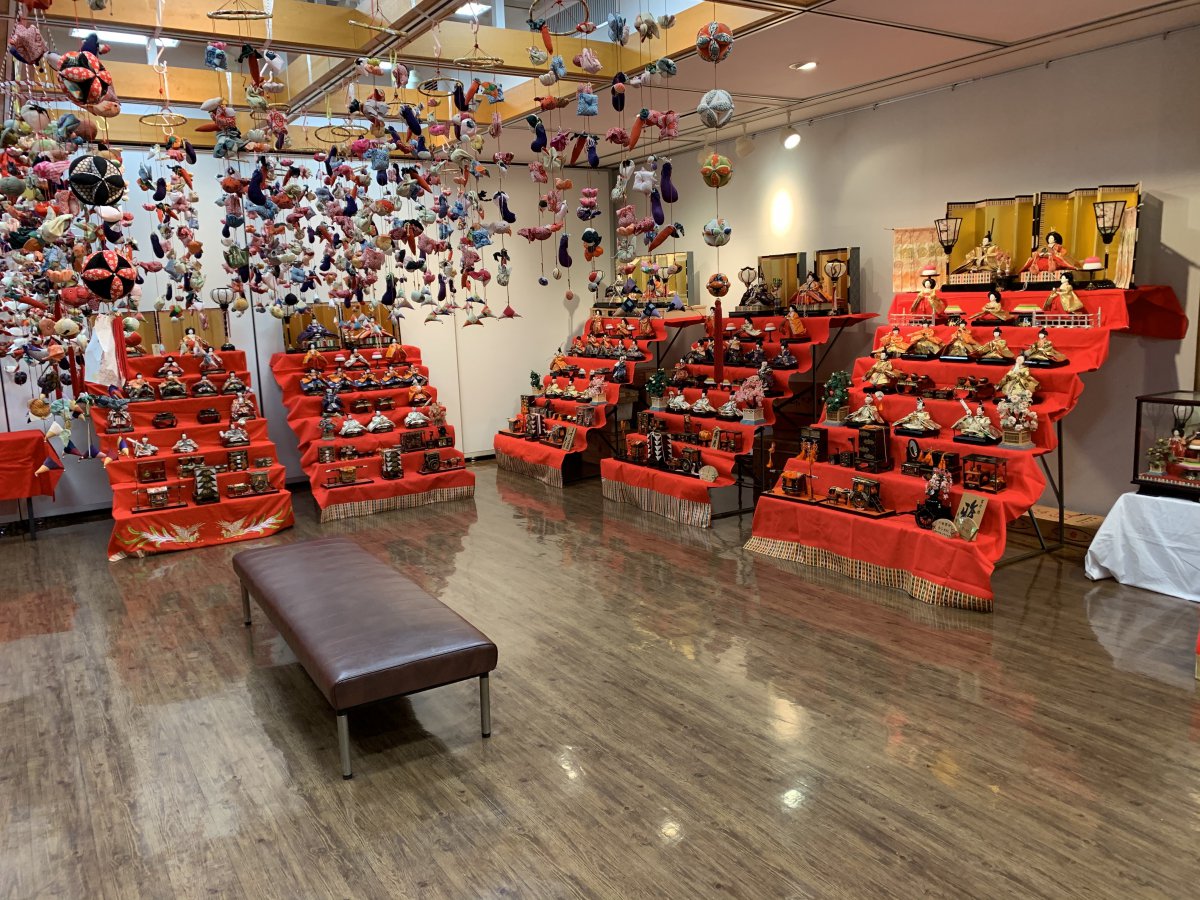
Tochigi — An Accessible but Otherworldly Destination
In Summary
Two days in Tochigi Prefecture can provide an absolutely packed adventure. Each destination brought a different atmosphere and I only wish I could have stayed longer. There are just many destinations I have not visited such as the rest of the shrines/temples, Kegon Falls, Lake Chuzenji, and Edo Wonderland. I definitely see myself coming back soon. If ever you have a free weekend, you are in for a lot in Tochigi.
Activity Information
Oya History Museum
To get there, take the number 45 bus at platform 6 from Utsunomiya Station and get off at “Shiryokaniriguchi”. What follows is a 5-6 minute walk to the entrance. I definitely recommend having a translation device at the ready just in case. Also, as the temperature inside the mine is well below 10 degrees Celsius, I recommend bringing a jacket.
Oya History Museum
9am – 5pm April – November
9am – 4.30 December – March
Admission ¥800
Rinno-ji Temple
From Tobu-Nikko Station, proceed to the bus area and board the World Heritage Sightseeing bus (世界遺産めぐり) and get off at Omotesando then proceed on foot for 5-6 minutes. Take note that the rest of the shrines are walking distance from each other. You can also take the World heritage Sightseeing bus back to downtown Nikko with its bus stop close by to Nikko Futarasan!
Rinno-ji Temple
8am – 5pm April to October
8am – 4pm November – March
Admission ¥400*
Nikko Toshogu Shrine
Nikko Toshogu Shrine
9am – 5pm
Admission ¥1,300*
※ An audio guide is available for rent in several languages
Nikko Futarasan
Nikko Futarasan
8am – 5pm April to October
8am – 4pm November – March
Admission ¥300*
*Entrance costs may change depending on circumstances such as group purchases, age, and more. There are even packages that can avail more experiences. I recommend checking the respective websites and their admission ticket tab for consultation on best purchase.
Hotel he stayed during his trip
We were very excited to work with Zach-san, and all the other guests for this project, and will continue to do our best to promote the less known destinations as much as we can. Keep an eye on our Facebookpage and Instagram to find another project with us.
And of course, if you need any help to find hidden gems in Japan, Japan Wonder Travel will happily help you out.
Happy travelling!
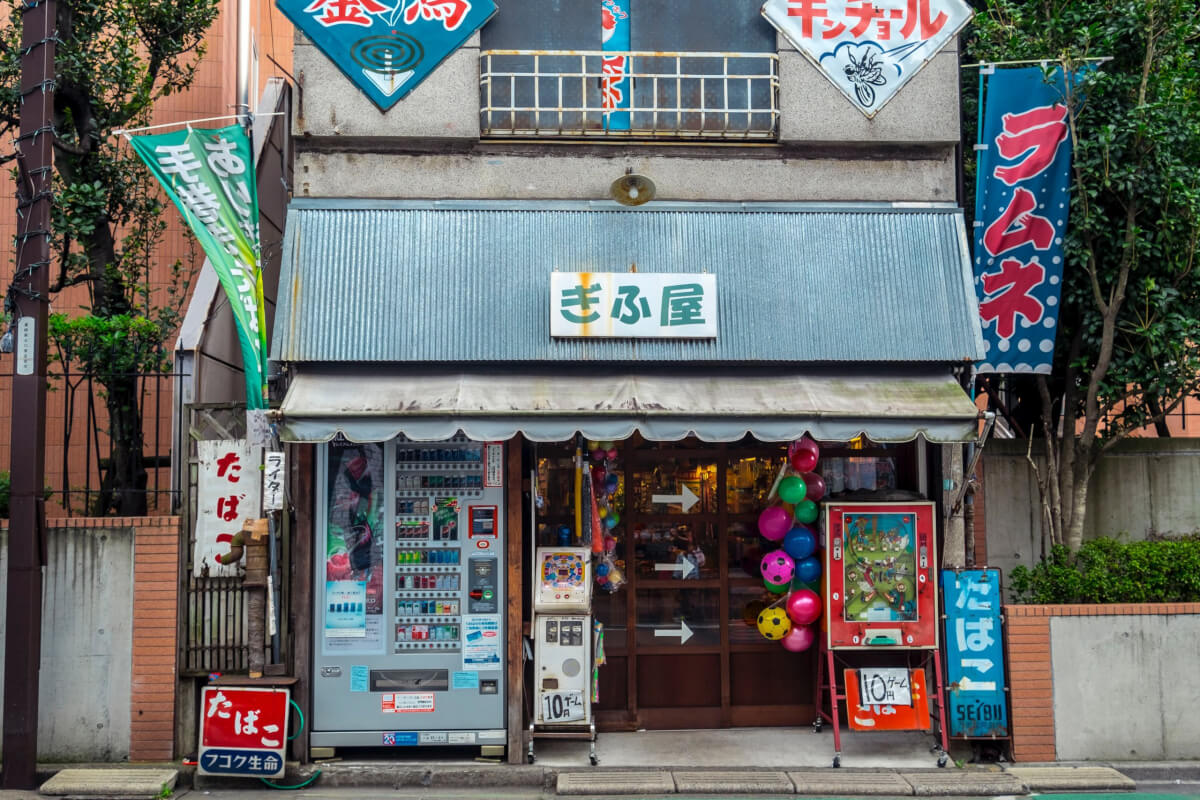
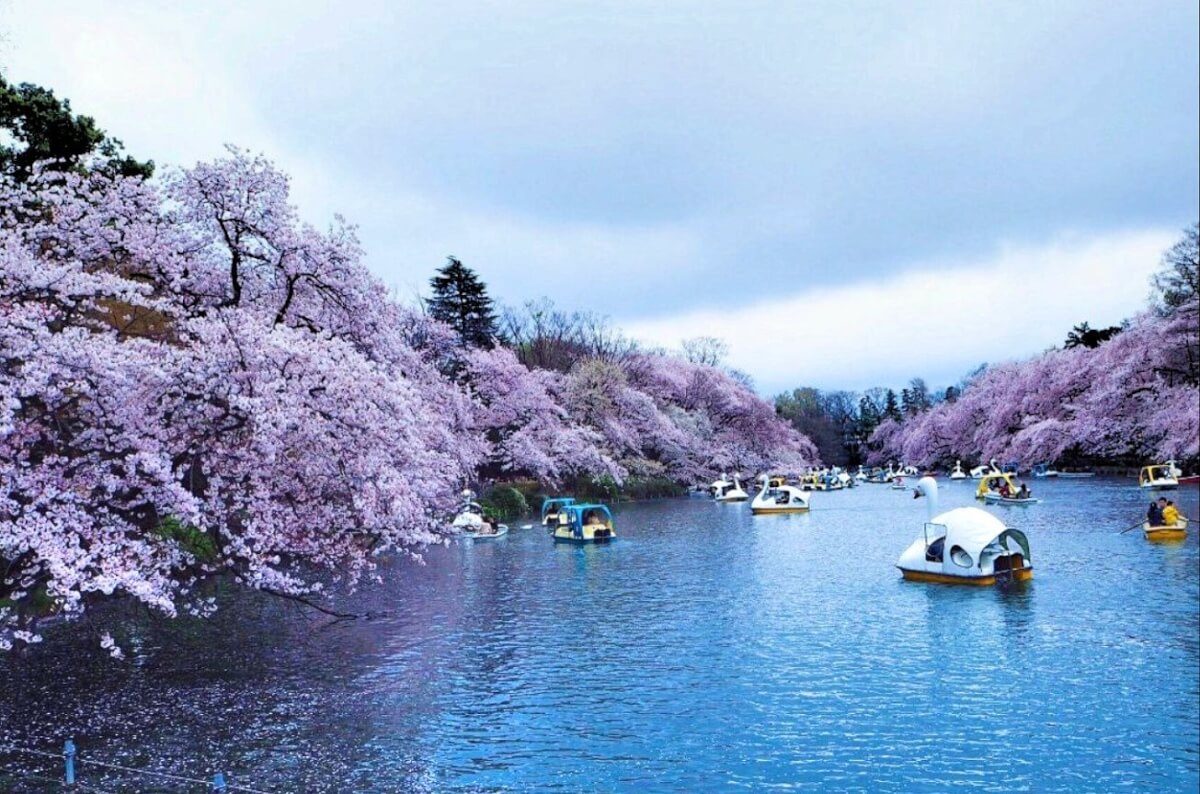
Comments
Wonderful article, I love seeing the old culture of Japan and how much it’s affected the country in the modern day.
Unrelated, but the mines really remind me of a video game too! 😆